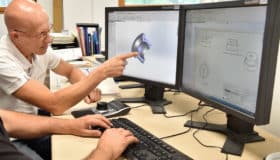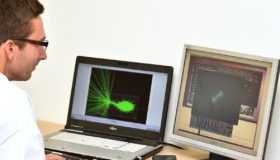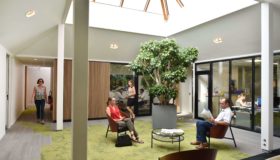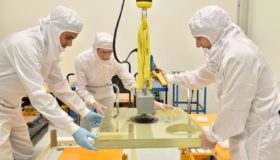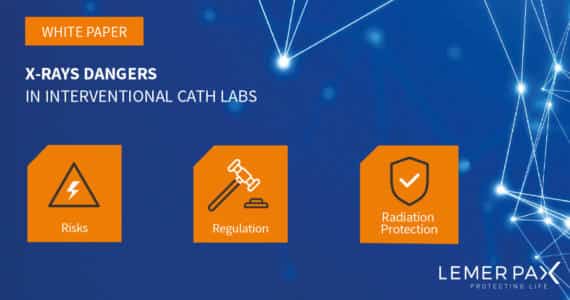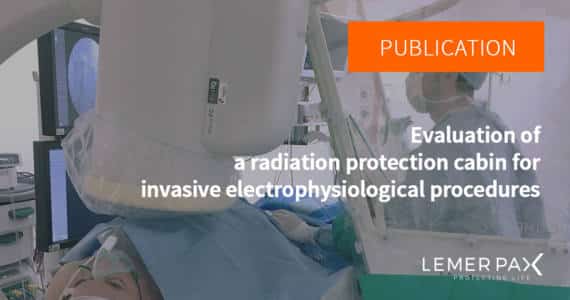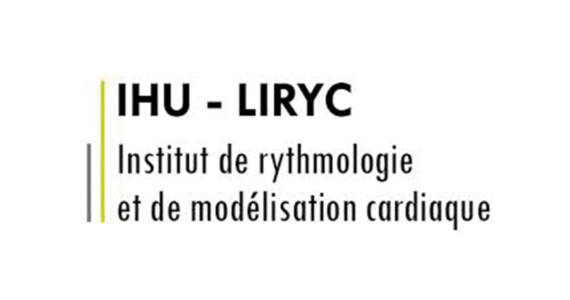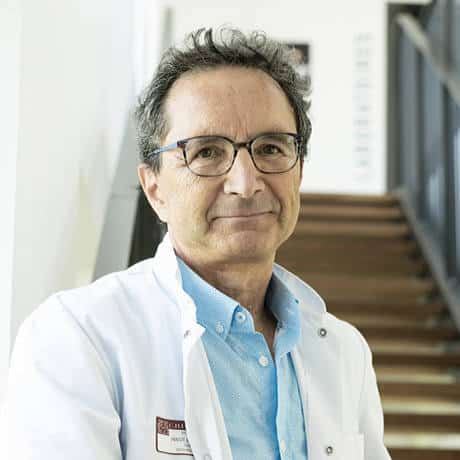
3 questions to Pr. Michel Haïssaguerre, Cardiological Hospital Haut-Lévêque, Bordeaux, France
The ASN recently required urgent protection measures against the excessive dose exposures frequently observed in interventional radiology departments. Has the situation improved?
Michel Haïssaguerre: Working habits are hard to change, and many of my colleagues, both in France and abroad, protect themselves only partially with aprons (at best 0.5 Pb equivalent) and seem to ignore the serious and well identified effects of excessive dose exposures on their own health. The new generation of physicians, however, are more attentive to the risks involved, and radiation protection has become a priority in radiation therapy, nuclear medicine and for radio-guided procedures performed in operating rooms. All this takes time, and day after day, practitioners are increasingly willing to comply with the recommendations of the ALARA principle.
In your own cardiac electrophysiology and pacing department, what steps have you taken to minimize X-ray exposure during cardiology procedures?
Michel Haïssaguerre: It’s true, we are on the front line, and I believe we must set an example. Interventional cardiology procedures, particularly in electrophysiology, involve some of the highest radiation exposures in medicine. In order to minimize exposure to X-rays during our cardiology procedures under fluoroscopy without having to wear restrictive aprons, thyroid protectors and lead glasses, we have started using radiation protection cabins (up to 2mm Pb equivalent) allowing us to perform our interventional procedures in complete safety and comfort. These protections are a crucial step forward when it comes to performing our procedures in complete safety. We have also taken very accurate measurements which show that these cabins reduce the dose exposure at the workstation to background levels. The cabin has become absolutely essential for us. It also improves comfort and reduces orthopaedic problems associated with wearing aprons. By eliminating the need to wear heavy radiation protection equipment during long procedures, we feel less fatigue, thereby optimizing our performance when treating patients. I would add that this radiation protection cabin is also used in my department with the most innovative intracardiac navigation and non-invasive 3D mapping systems. We have also alerted the ASN to the latest advances and hope that they will be shared by as many of our colleagues as possible.
What remains to be done to further improve radiation protection for patients and practitioners?
Michel Haïssaguerre: It is important to further educate all professionals about this issue. To obtain the best results, we must work together to assess the risks, define protective measures, train exposed workers and safety officers in radiation protection, as well as work with industry to develop innovative solutions in terms of ergonomics and reliable radiation protection systems.
